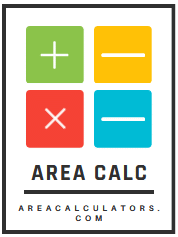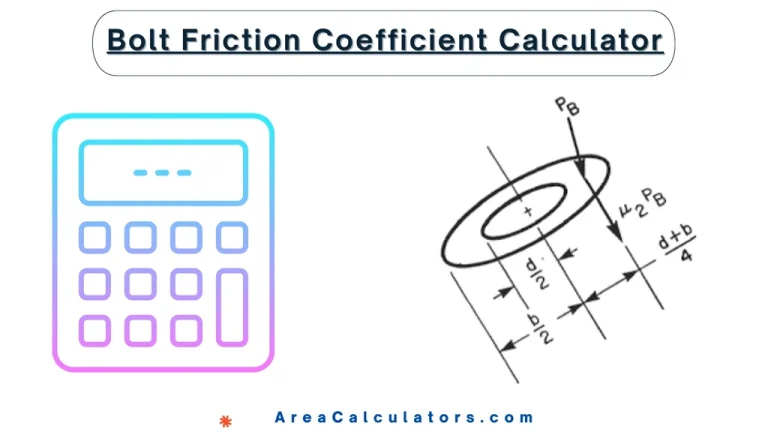Producer Surplus Calculator
To calculate producer surplus, subtract the minimum price (M) producers are willing to accept from the market price (MP), then multiply by the quantity sold (QS). This calculation reveals the additional benefit to producers due to market conditions.



